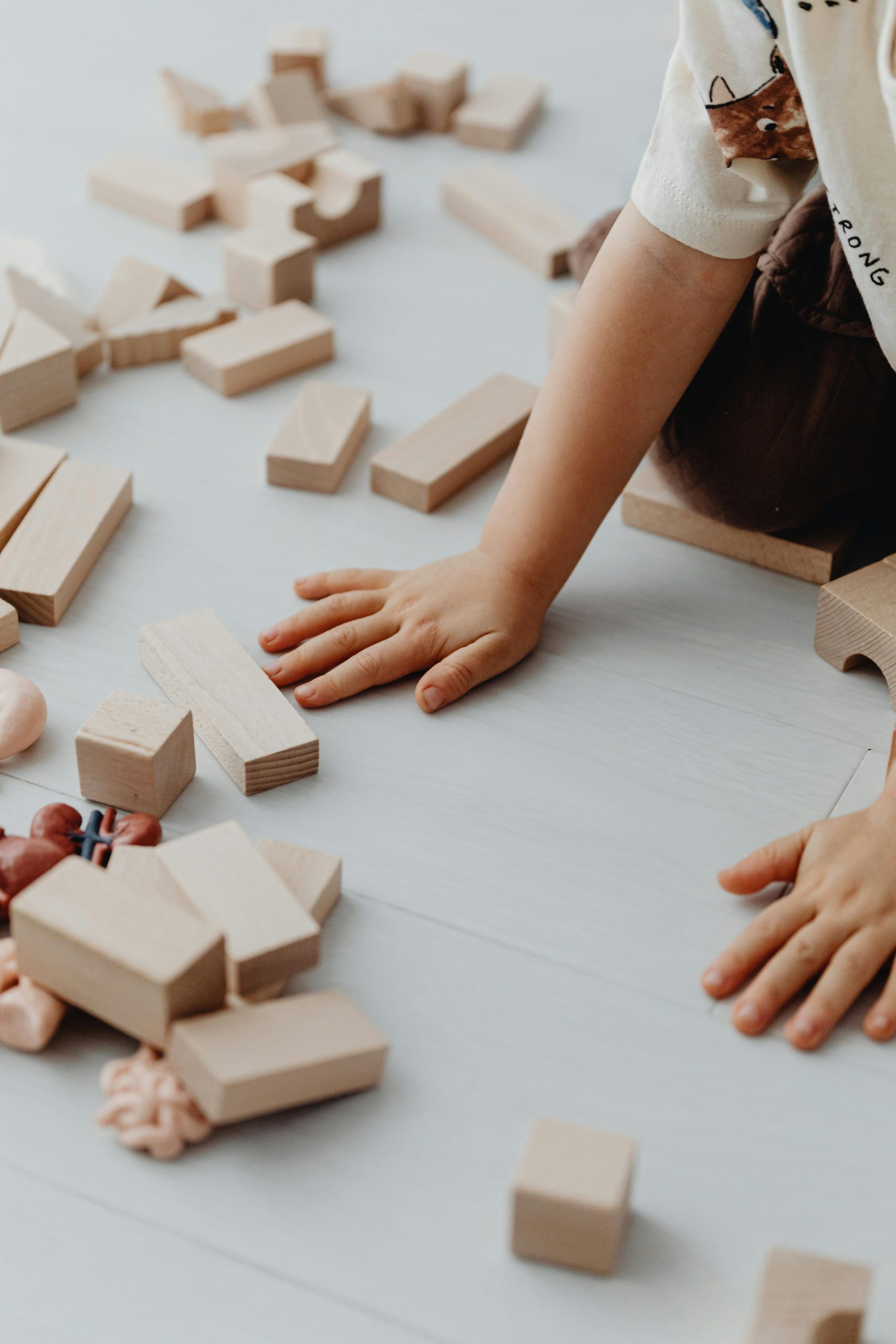Fine motor skills are essential for children’s development, helping them perform everyday tasks like writing, buttoning clothes, and using utensils. One of the most engaging ways to strengthen these skills is through cut and paste printable activities. These fun, hands-on exercises not only improve hand-eye coordination and scissor control but also encourage creativity and problem-solving. Whether you’re a parent, teacher, or caregiver, incorporating these activities into a child’s routine can make learning enjoyable while fostering essential developmental milestones.
Why Cut & Paste Activities Are Great for Fine Motor Skills
Cutting and pasting may seem simple, but these activities offer a wealth of benefits for young learners. Here’s why they’re so effective:
- Enhances Hand Strength: Gripping scissors and manipulating paper strengthens the small muscles in the hands and fingers.
- Improves Precision: Cutting along lines or shapes requires focus and control, refining fine motor accuracy.
- Boosts Bilateral Coordination: Children learn to use both hands together—one to hold the paper and the other to cut or paste.
- Encourages Creativity: Arranging and gluing pieces allows kids to express themselves artistically.
- Supports Cognitive Development: Following instructions and sequencing steps in cut and paste tasks enhance problem-solving skills.
These activities are also versatile, making them suitable for different age groups and skill levels.
Best Cut & Paste Printable Activities for Different Ages
Not all cut and paste activities are created equal—some are better suited for toddlers, while others challenge older children. Here’s a breakdown of the best options for each age group:
For Toddlers (Ages 2-3)
- Simple Shapes: Large, easy-to-cut shapes like circles or squares help beginners practice basic scissor skills.
- Color Matching: Paste shapes onto corresponding colored areas to reinforce color recognition.
- Animal Faces: Cut out eyes, noses, and mouths to assemble fun animal faces.
For Preschoolers (Ages 4-5)
- Patterned Lines: Zigzags, waves, and curves provide a greater cutting challenge.
- Story Sequencing: Arrange pictures in order to tell a simple story, boosting logical thinking.
- Letter and Number Matching: Reinforce early literacy and numeracy by matching cutouts to their pairs.
For Early Elementary (Ages 6-7)
- Complex Puzzles: Cut and assemble multi-piece puzzles to enhance spatial awareness.
- Collage Art: Combine various materials to create themed collages, fostering creativity.
- Science Diagrams: Label parts of plants or animals by cutting and pasting terms onto diagrams.
How to Make Cut & Paste Activities More Engaging
To keep children excited about these activities, try these creative twists:
- Themed Projects: Tie activities to holidays, seasons, or children’s interests (e.g., dinosaurs, space).
- Mix Materials: Add fabric, buttons, or glitter to make pasting more tactile and fun.
- Turn It Into a Game: Time challenges or scavenger hunts for cut-out pieces can add excitement.
- Personalize It: Let kids create self-portraits or family collages for a meaningful touch.
By varying the approach, you can ensure that cut and paste activities remain fresh and engaging.
Tips for Safe and Successful Cutting Practice
Safety and proper technique are key when introducing scissors to young children. Follow these tips for a smooth experience:
- Choose the Right Scissors: Use child-safe scissors with blunt tips and comfortable grips.
- Start with Thick Paper: Construction paper or cardstock is easier to hold and cut than flimsy sheets.
- Demonstrate Proper Grip: Teach the “thumb-up” position to promote correct scissor handling.
- Supervise Closely: Always monitor young children to prevent accidents.
- Celebrate Effort: Praise progress, even if cuts aren’t perfect, to build confidence.
With patience and practice, children will gradually develop the control and confidence needed for more advanced tasks.
Conclusion
Cut and paste printable activities are a fantastic way to boost fine motor skills while keeping kids entertained. From simple shape matching to intricate collages, these exercises cater to various developmental stages and interests. By incorporating themed projects, ensuring safety, and celebrating small victories, you can make learning both effective and enjoyable. So, grab some scissors, print out a few templates, and watch as your child’s coordination, creativity, and confidence grow with every snip and glue!
